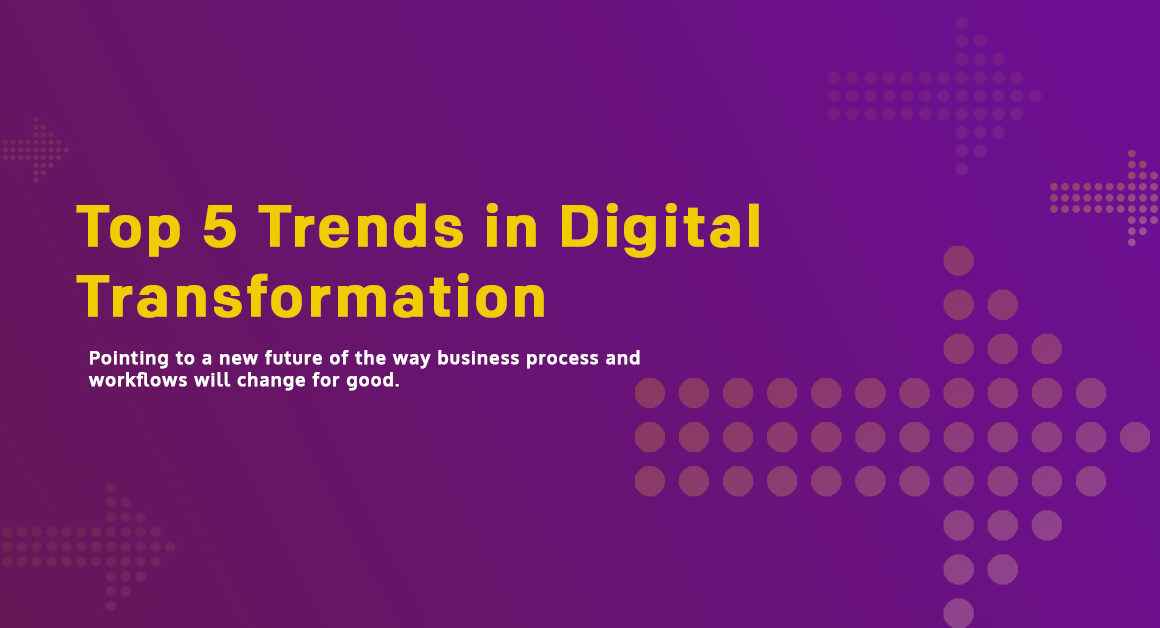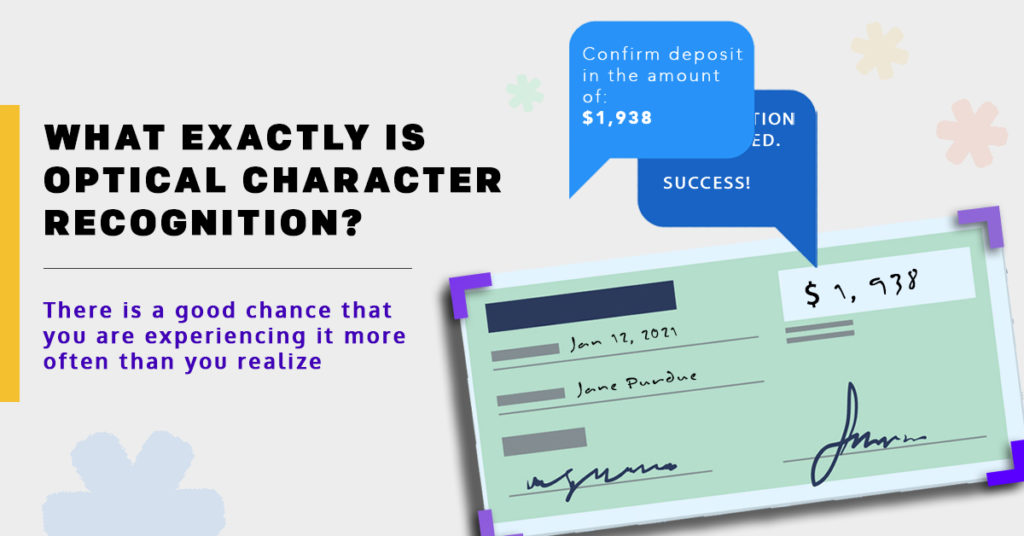Will Paper Ever Be Obsolete?
In many ways, paper already is obsolete. Most of the modern world’s transmission and storage of information is done with digital technology, due to the speed and efficiency it offers relative to physical files. Most people are already intimately familiar with how close to instantaneous digital communication is, as we send each other messages over email, video chat, and social media many times everyday.
The scale of its space-saving efficiency is a little harder to grasp though. Here’s an example:
A one terabyte hard drive, which can come as cheap as $50 on Amazon, can store over 83,000,000 pages of text. Printing all of those pages, single-sided, onto 0.1mm thick paper, would produce a stack over 8.3 kilometers high. That’s more than 10 times the height of the Burj Khalifa, currently the tallest building in the world. If we scale that back to 0.05mm paper, and we print it double-sided, that’s still over 2 kilometers tall, still more than three Burj Khalifas.
Standard consumer-grade printers can typically print between 20-40 black and white pages per minute, so one could print all those pages in anywhere from 34,580 – 69,170 hours, or 4-8 years of non-stop printing. Factoring in standard consumer ink and paper prices, which work out to about 5.4 cents per page, this monumental print job would cost you roughly $4.5 million. Or, you could use gigabit internet to download all of it onto your $50 hard drive in a little over 2 hours.
So then if digital tech is that much more efficient than paper, why do most of us still interact with it on a regular basis? Important files are still created, copied, and stored in paper formats by governments, hospitals, large companies, and other organizations. Most of us still send or receive paper letters and flyers in the mail; have paper copies of our important documents like our bank statements and tax forms; and own at least a few hard-copy books. Digital equivalents exist for all of these purposes; and in fact digital tools are usually used to create these physical documents. So then why haven’t we gotten rid of paper entirely?
Bureaucratic Inertia
One big factor is just system-inertia; in simpler words: not having gotten around to it yet. We live in societies which have used paper for these purposes for centuries, and though change can come faster or slower, it is never instantaneous. Though it is often said that we are now living in the digital age, not everything which could be digital is yet. Organizations considering whether to implement a new system may be hesitant to trade a system which has been working reliably for something new and unfamiliar, or they may decide that the up-front cost of transitioning to a new solution isn’t justified by the benefits it offers.
But technological and bureaucratic inertia cannot be the only factor, because new processes involving paper are implemented by organizations all the time. If inertia was the only factor, any new paper documents created would have to be part of processes and procedures that predate the onset of the digital age. Additionally, many efficient organizations continue to use paper where effective digital alternatives are readily available; it’s unlikely that this is solely due to bureaucratic inertia.
The fact that it’s still being used for new processes means that paper must have some benefits of its own that digital technology can’t provide; at least, not at the same low cost. The obvious advantages of paper are low-cost access, independence from technology, and high flexibility.
Economic Inertia
Per page of text, digital is far cheaper to create, store, and share, but only if you have a digital system in place to facilitate those advantages. Despite the increasing digitalization of our modern world, there are many processes which would just not be as efficient if they were totally digital, due to the high up-front cost of establishing digital systems.
There are many processes or functions where paper and other non-digital information systems are used, for which there are reliable digital alternatives available:
- A teacher printing off paper assignment sheets for his students could instead email PDF documents to their school email accounts, that they could complete on school-provided laptops or other devices.
- A doctor taking paper notes during a check-up with a patient could instead type her notes into a computer, or use a stylus to write them onto a tablet, and then save or send them instantly.
- The leader of an organization holding a team-meeting might print off paper meeting agendas, when he could instead share a list of discussion topics with one of the many digital teamwork tools available for free online.
- A government department might use digital technology to type a letter addressing a member of the public, then print it on paper, and mail it to the individual, spending substantially more money to do so than it would have cost to send the same message via email.
- An advocacy group may print off paper flyers and brochures to get their message across to the public, when they could instead reach many more people through their phones via social media adverts.
For each of these examples, you might have been thinking: “but these do sometimes get digitized.” Well, you’d be right; but the point is that not all are. There is a common factor separating these realities from their possibilities: money.
Well-funded institutions and successful corporations in prosperous societies may have sufficient financial access to these technologies to begin the process of complete digitalization. But for many others, adopting fully-digital solutions is prohibitively expensive. Until they receive better funding or experience greater success; or until the price of implementing and maintaining digital solutions decreases below an accessible threshold, such organizations will depend on paper to manage, communicate, and store their information.
This advantage for paper is likely to evaporate as the world economy continues to grow and technology continues to advance. As developing societies build more and better electricity and internet infrastructure, the cost barrier for digital solutions recedes, both for domestic and foreign organizations. Unlike bureaucratic inertia, paper’s advantage of lower up-front cost will remain until the technological and/or economic circumstances of these processes change.
As these forms of inertia recede, more processes and businesses will transition into the digital world in order to harness the advantages digital systems provide. Digitization processes like paper scanning and document imaging will be at the heart of these transitions, as organizations seek to bring their old paper files into their new digital system. If economic growth and social progress continue internationally, there will one day be a point when these kinds of system-inertia dissipate, resulting in such digitization needs drying up completely.
But even if this occurs, and we find ourselves in a maximally digital world all across the globe, it is unlikely that paper will ever fully disappear. As a physical, tangible format, paper has two key advantages over intangible digital formats: independence from technology, and near universal flexibility.
Independence from Technology
As technology advances, the infrastructure which supports it must also advance in complexity and scale. Electronic hardware requires cheap, accessible electric power. Interconnected digital systems require cheap, accessible wireless and wired internet and intranet solutions. Mass production of new digital devices and accessories requires mines and factories and distribution centers in order to be built and then made available to the average person. Each new system and process which is added to the increasingly interdependent puzzle of the digitalized economy is one more point of failure which could disrupt the rest of the puzzle.
Of course, there’s little need for alarm. For every point of failure there is a redundancy, a market feedback loop, or a public policy which can help mitigate the difficulties that result from a problem at one point in the system. But system disruptions caused by things like supply-chain bottlenecks, energy scarcity, or natural disasters can still cost your organization precious time and money if you’re not prepared.
For a totally digital organization, a blackout means a complete stop to business until it’s resolved; a fully-remote organization will have serious problems if local internet infrastructure goes down. Without highly competent IT professionals, digital information security and efficiency can’t be assured. And those professionals can quit suddenly, become sick or incapacitated, and will sometimes make mistakes.
Paper offers a cheap, highly accessible redundancy for these kinds of inevitable (though hopefully rare) disruptions. Paper files won’t be affected by power failures, internet outages, or digital system malfunctions.
Previously we’ve discussed at length just how much more efficient digital systems are than paper if you have enough funding and access to afford the upfront costs, so it’s by no means advisable to have complete paper backups for all of your files, especially when digital data can be so easily duplicated and decentralized. (Fully protecting your information with redundant digital back-ups is not just possible, it’s relatively easy.) But nothing can beat the certainty of a paper backup for a critically important document you may need at any moment.
If you want a place to store a mass amount of information just in case you might need it someday, then redundant digital archiving in your own hard-drives or external cloud storage options are probably your best bet. But if you have important information you expect to use regularly and need to be able to access quickly, having paper back-ups might be a very good idea.
Input and Sharing Flexibility
Flexibility might sound like a strange advantage to award to paper over digital systems, especially when digital files can rapidly be changed into different formats, instantly sent to different people and locations, and such a variety of digital devices exist through which we can access those files.
However, this seeming flexibility is only possible because of the incredible variety of software available for interacting with digital information. Every ability that digital systems afford had to be conceptualized, then developed, then programmed into the software you’re using.
For example: when you type out an email, every letter, font, or symbol has to be built into the system ahead of time. If you need to discuss a certain symbol or image, or use characters from another language’s alphabet, that needs to have already been an option in the system before you required it.
By contrast, a piece of paper and a pen offer infinite possibility. Many powerful tools exist for taking notes on lectures, meetings, or documents; but the user needs to accommodate the way they use it to the options made available by the software developers.
Want to change the layout or the formatting on a document you’re writing? You’ll usually have to search through multiple menus and options to get the options you prefer, if what you’re looking for exists in the software. With a piece of paper, you can write whatever you want wherever and however you want to on the page.
Want to add a note in the margins? Better deselect the main text body and switch to a different input mode to add something; or select a portion to add a comment on the side that’s not a part of the document and probably locked into this particular file type.
Sometimes, especially when sketching out or reflecting on an idea for the first time, you may not even know what kind of format or layout you want to use, so the infinite input-flexibility of paper is much more accommodating.
And then there’s the occasional issue with compatibility between software. If your team or organization needs to adopt a new software tool, it needs to be one which is compatible with all your other tools for digital’s flexibility benefits to be realized. If your team wants to collaborate with a different organization or team, you may come to the table with very different tools and systems, and that mismatch can cause problems for productivity. Using paper meeting agendas, paper memos, lettermail, and signed forms save you from having to jump through technological hoops and headaches to share your information with partners.
Not everyone can sympathize with these quibbles some of us have with digital systems, as many people are quite content with the digital tools available in their current forms. Input-inflexibility is also a declining problem for digital technology, as input methods become more and more diverse and accessible. The same could be said of sharing-inflexibility, as teamwork tools get more diverse and advanced, and market trends converge around just a handful of commonly used softwares (e.g. Teams, Zoom, Meets, etc.). Also some collaborations or teams just don’t have the option to stick with physical formats, if their business is online, or their partners prohibitively far away.
The infinite (though localized) flexibility of paper did not prevent it from being largely out-competed by digital alternatives, and it won’t prevent paper from becoming an even more rarely used system as more of the world gets access to those alternatives. But it may keep some amount of paper in our systems and institutions forever, as some individuals or teams do prefer it for its simplicity and certainty.
Paper is already mostly obsolete. A single terabyte hard-drive contains more than 3 Burj Khalifas of paper information, costs a tiny fraction of the price to produce and store, and with modern internet speeds, it can all be transmitted anywhere in the world in just fractions of a second per page. And that’s only a tiny portion of most modern organizations’ data storage needs. By comparison, paper is expensive to print, stuck in one place, and takes up a lot more space. In terms of storage efficiency, accessibility, and ease of duplication, there’s no contest.
Paper is also becoming increasingly obsolete as technological advancement and economic growth give more and more people access to digital alternatives. Not only does paper represent a minority of the world’s data storage, it’s a shrinking minority.
But it’s unlikely that paper will ever be totally obsolete. Paper doesn’t require expensive and occasionally dysfunctional technological infrastructure to serve its purpose. It provides a sense of certainty and reliability that can’t ever be fully matched by digital information. And it allows for an infinite flexibility of input that digital technologies can mimic, but only at much higher cost. For a lot of people, paper is a preference, and one that’s unlikely to evaporate any time soon.
It’s often said that we now live in a digital age, but perhaps it would be more accurate to say that we’re transitioning into one. It’s tempting to think that such a transition has a neat, tidy end point, at some point in the uncertain future, when all of our information management will be mediated by digital systems. Though it’s impossible to be certain, the reality is likely to be much too disorganized to have a clear, distinct end point; just as it did not have a specific, distinct starting point. Some amount of paper is likely to remain integrated into our information systems, even though the vast majority of the world’s data is managed digitally.
Whatever the future holds, the smooth and productive coexistence of digital and analog information systems requires digitization. Organizations that keep paper in their processes will need to find streamlined, cost-effective ongoing digitization solutions if they want those documents to be compatible with the rest of their information. Other organizations will need accurate, efficient, and timely customized bulk scanning solutions to turn stacks of old paper records into more efficient digital files. Whatever steps your organization needs to take with digitization, Consentia can help you through it, with insightful consulting, or secure and efficient outsourced services.















